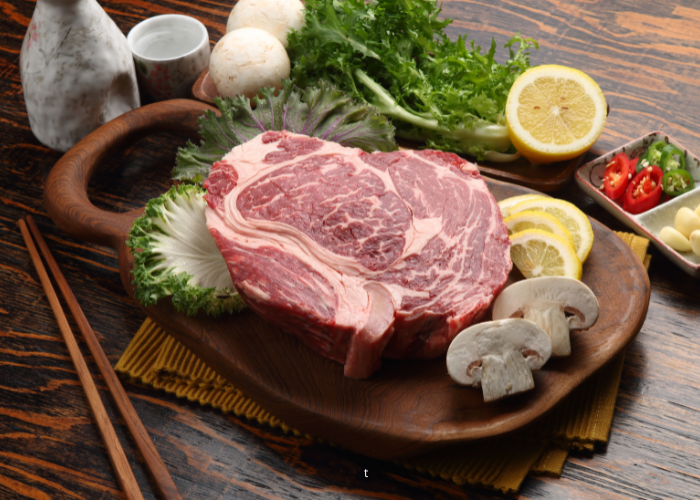Food waste: a virtuous example form meatBY ANTONIO PICASSO
- 1 October 2024
- Posted by: Competere
- Category: Senza categoria

- Six years from 2030, the UN Target of halving food waste seems far off;
- Italy is at the forefront of public policies against food waste (Gadda Law 2016, new legislative proposals).
- Regenerative livestock farming is an innovative solution that reduces waste and enhances rural areas.
The fight against food waste is a moral, economic, and environmental issue. But, it is also a matter of awareness. In a climate where certain foods are demonized, meat supply chains stand out as a prominent model of circularity, defying prejudices.
The International Day of Awareness of Food Loss and Waste on September 29th provides us a moment to reflect on a global journey that still appears long. From an Italian perspective, however, we can begin to express a certain satisfaction. That daily billion wasted meals stands in stark contrast to the nearly 800 million people who suffer from hunger every day. In 2015, the UN included halving global per capita food waste among their 2030 Sustainable Development Goals (SDGs). Almost 20 years have passed since that good intention, but it is foreseeable that the remaining six years won’t be enough to meet that target. However, there are opportunities to accelerate progress.
THE ITALIAN MODEL
As mentioned, Italy is a virtuous country in terms of public policies that promote the prevention of waste. The Gadda Law of 2016 and now the bill presented by the Greens—essentially an update to the former—demonstrate the sensitivity of institutions. The hope is that the new EU legislature will follow this lead. However, a higher degree of awareness is necessary, allowing us to appreciate those production chains that are commonly, but mistakenly, labeled as responsible for a greater environmental impact than they actually cause. For years, institutions have been promoting production models and supply chains that, at their core, act as a bulwark for prevention. This is why it is essential to formulate public policies that promote increasingly bold technological innovations, which are key to improving productivity.
THE CIRCULARITY OF MEAT SUPPLY CHAINS
One such case is regenerative livestock farming, whose positive impact can be seen in animal-friendly farming practices, the enhancement of pastures and rural areas in general, and the reduction of waste upstream. In fact, meat supply chains (beef, lamb, and pork) have long been an example of an ideal circular economy, unmatched by few other sectors. The use of forage, natural fertilizers, and the products generated by the livestock (meat, milk, and leather) affirm the old proverb: “nothing is wasted from a pig,” or from cattle and other livestock, for that matter. Circularity has always been a part of livestock farming, and new technologies can only enhance it further.
Moreover, the meat supply chain shows similarly positive results downstream. In 2023, the CREA Food Waste Observatory estimated domestic meat waste at just 3% per week. In absolute terms, this amounts to 11 grams of meat wasted per family per week. By contrast, fruit, vegetables, grains, and fish together account for over 50% of weekly food waste in Italian households.
In conclusion, meat is not wasted. For the farmer, it is a productive necessity, and for the consumer, it is a highly nutritious food that comes at a cost—or better yet, has an inherent value that we must always be aware of.
